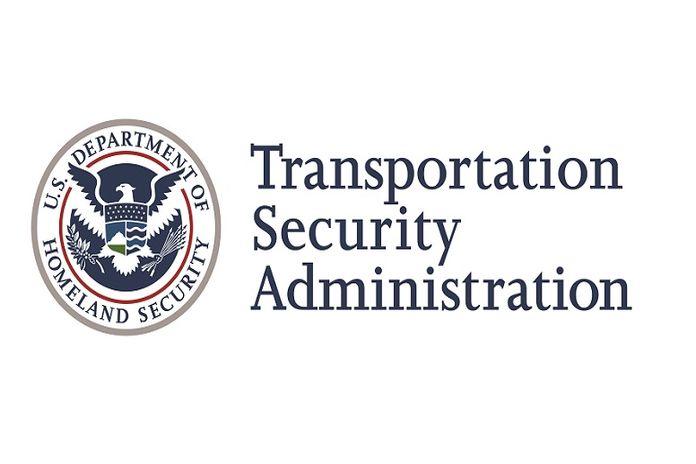WASHINGTON, USA —The Transportation Security Administration (TSA) wants to reassure passengers that it has taken aggressive steps to ensure aviation security while protecting them from COVID-19 in anticipation of Labor Day air travel. TSA’s ongoing “Stay Healthy. Stay Secure.” campaign is designed to help travelers understand the many protective measures the agency has implemented at security checkpoints to make the screening process safer for passengers as well as the TSA workforce.
“For travelers who have not flown since the beginning of the pandemic, the TSA checkpoint experience will be noticeably different as compared to Labor Day last year,” said TSA Administrator David Pekoske. “Passengers also play an important role in helping us ensure they safely and efficiently get through security screening at our airports while wearing masks and respecting social distancing.”
As passenger volumes continue to steadily rise, the agency wants to ensure that the traveling public is mindful of what they can expect to see at checkpoints to help reduce the spread of COVID-19, including TSA officers always wearing face masks and gloves at all airports, as well as face shields in certain locations in the screening process. In addition, they can expect to see acrylic barriers, social distancing signage throughout the checkpoint, regular cleaning of checkpoint surfaces and equipment, and various touchless technologies, including automated ID verification scanners at some airport checkpoints.
Travelers can also take these seven important steps to help protect themselves and others as they move through the TSA airport security screening process.
Step 1: Pack smart
Travelers need to know what is in their carry-on bags and make sure there are no prohibited items inside before arriving at the checkpoint to avoid triggering an alarm and being asked to return to the screening line.
Step 2: Help Minimize Wait Times
Due to lower passengers volumes and increased use of security lanes, wait times have routinely been reduced by at least half versus last year. Passengers may now arrive at the airport between 1-2 hours before their flight departure as their total time in the screening process will be shorter.
Step 3: Maintain social distancing
Passengers can do their part by paying attention to floor decals and signs to practice social distancing while waiting in the security lane and being screened by a TSA officer as well as while collecting items from bins and after leaving the checkpoint.
Step 4: Wear a mask
TSA officers are required to wear masks at all checkpoints. They may even have on eye protection or wear plastic face shields if there are no acrylic barriers yet in place. Travelers should also wear a mask while in the checkpoint area but may be asked to temporarily remove their mask for a few seconds to verify their identity.
Step 5: Place items in your carry-on
When removing items from pockets such as mobile phones, keys, lip balm, tissues and loose change, travelers should place those items into their carry-on bags instead of into bins to reduce touchpoints. Food items should be packed in a clear plastic bag and placed in a bin for screening to further reduce a touchpoint between food items and bins.
Step 6: Reduce physical contact
Travelers should keep possession of their paper or electronic boarding passes and place them on the ID readers themselves, and hold them up to the TSA officer for visual inspection, thus reducing a touchpoint. At some airports, a TSA officer will instruct passengers to insert their driver’s license or passport into a card reader themselves and hold onto their boarding passes, again, further reducing physical contact.
Step 7: Wash your hands
Travelers are encouraged to wash their hands before and after going through checkpoints. As a temporary exemption from the 3-1-1 rule, TSA is allowing one oversized liquid hand sanitizer container, up to 12 ounces per passenger, in carry-on bags. Remember to remove the hand sanitizer from the carry-on bag and place it in a bin for screening. Passengers may also bring hand wipes through checkpoints.
As a reminder, TSA PreCheckTM members continue to be eligible for expedited screening procedures, meaning they do not have to remove their shoes, belts or light jackets. They can also leave their laptops, other electronics, 3-1-1 bags or food items in their carry-on bags, thus reducing physical contact through the TSA airport screening experience. PreCheck travelers have the shortest wait times and the least amount of physical contact while at a TSA checkpoint.
TSA continues to aim to restore the public’s confidence in air travel, all while fulfilling its critical security mission while focusing on the health and security of its workforce and travelers. Travelers are also encouraged to follow CDC as well as other COVID-19 related guidelines and restrictions in place at airlines, airports and local jurisdictions both at home and at their travel destinations.





